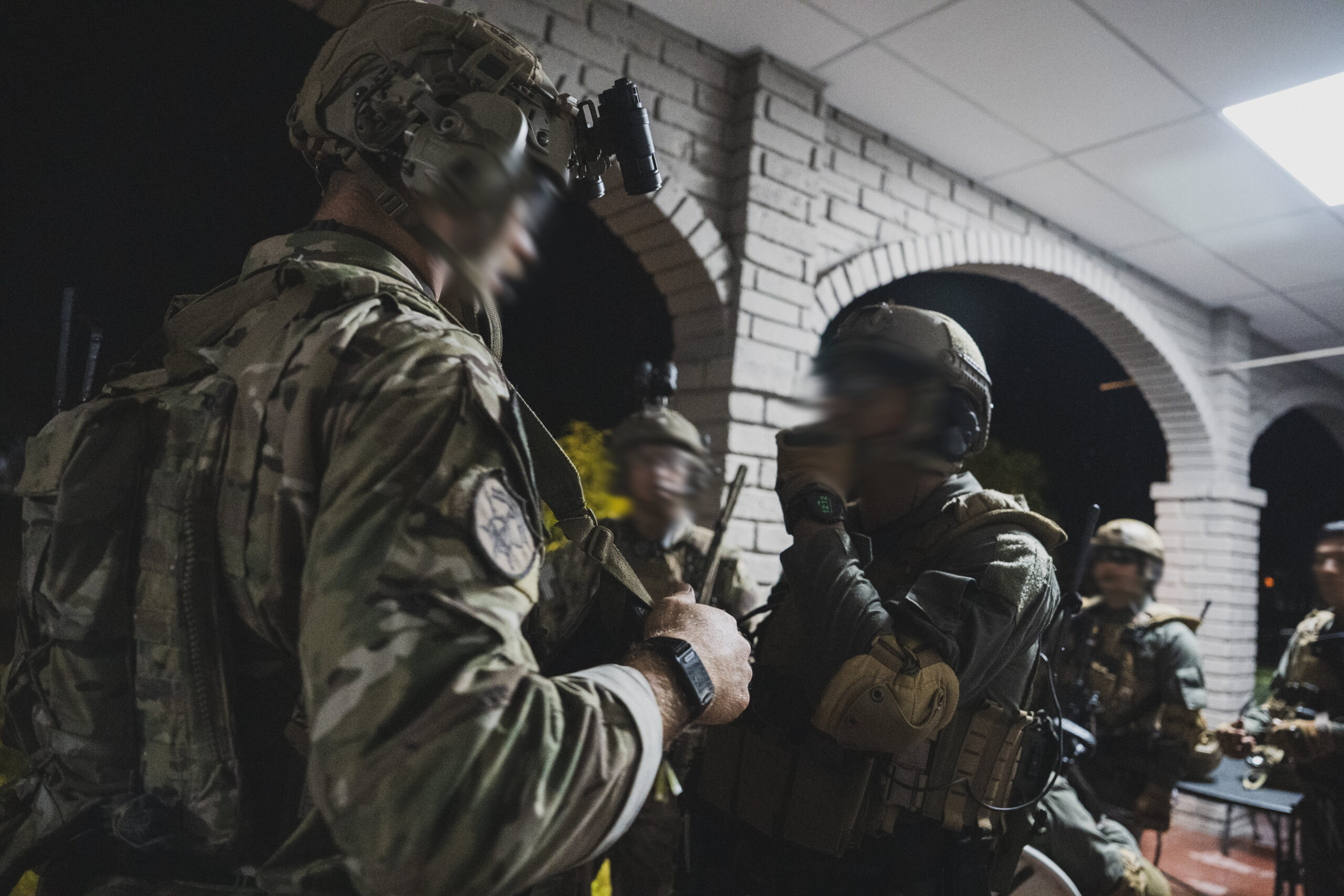Maintaining Mission Focus Through Tactful Communication
Leaders can easily miss details in the middle of an operation because their attention is often split between multiple priorities—navigating, tracking the mission timeline, coordinating with higher command, managing the team’s movements, and processing incoming reports. Under pressure, it’s natural for smaller but important details, such as a gap in security or a change in enemy movement, to slip past them. This isn’t a sign of poor leadership—it’s a consequence of having to manage the big picture while also staying engaged in the moment. That’s why it’s critical for team members to assist leaders in gaining a broader, more accurate scope of the situation. Every member of a team has a unique vantage point, both literally and figuratively. By passing up clear, concise, and tactful observations, subordinates help ensure nothing is overlooked that could affect mission success or team safety. Real-time upward corrections act as a safety net, allowing the leader to make fully informed decisions and adapt quickly to changing conditions without breaking comms discipline or losing momentum.
The same principle applies when tactfully correcting peers in real time. Every team member has a responsibility to maintain discipline, safety, and operational effectiveness, which sometimes requires addressing a teammate’s oversight or error the moment it occurs. These corrections should focus on the action, not the person, and be delivered in a neutral, professional tone. For example, a peer-to-peer correction might be: “Dagger 2, check spacing.” or “Dagger 3, cover your sector, north.” This keeps the focus on the task that needs fixing rather than implying fault or judgment. Just like with upward corrections, the goal is to provide information the recipient can immediately act on, without distracting from the operation or creating unnecessary tension in the team.
Whether correcting leadership or peers, the core principles remain the same: be factual, calm, and respectful—address the individual by callsign or role, state the observation clearly, and follow with an actionable recommendation. For leaders, a good example might be: “Dagger Actual, be advised, rear security is uncovered. Recommend assigning Dagger 2 to watch our six. Over.” Poor comms in either case are vague, emotional, or confrontational—such as “Nobody’s watching the back, this is stupid” or “We’re going the wrong way again.” The difference is that good comms focus on the mission and present a clear solution, while bad comms focus on the person or the problem without providing a fix. Done correctly, real-time corrections—whether upward or lateral—improve situational awareness, maintain cohesion, and directly contribute to mission success.

